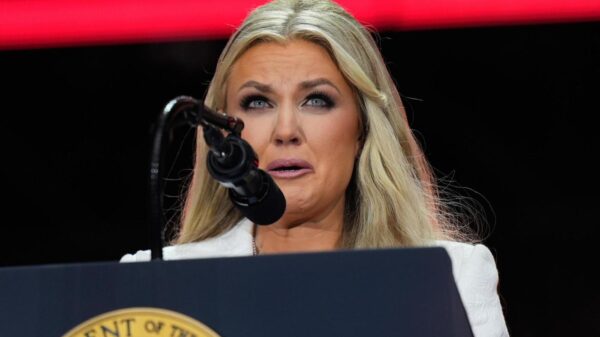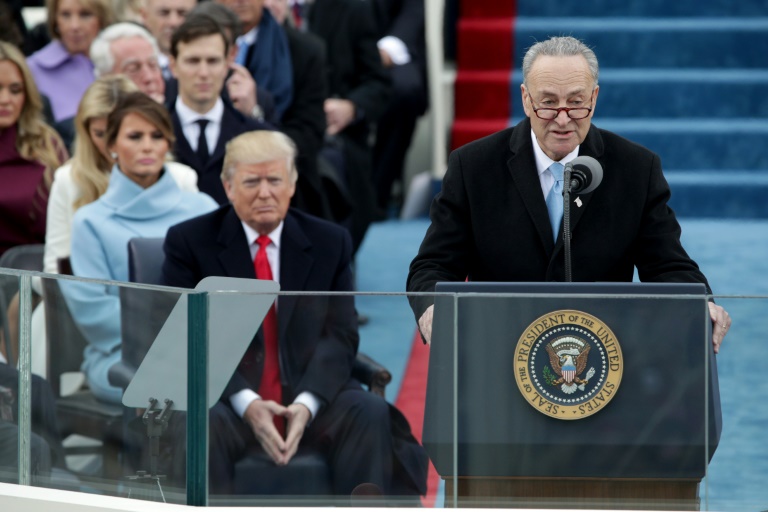The United States government entered a shutdown on September 30, 2023, as a result of an impasse between President Donald Trump and Democratic lawmakers. This funding deadlock has left federal agencies, with the exception of essential services, unable to operate after midnight due to a lack of financial resources. Approximately 750,000 public sector employees are expected to be furloughed, resulting in pay being withheld until they return to work. Essential personnel, including military members, may be compelled to work without compensation, with many potentially noticing absent paychecks by next week.
This shutdown marks the first since a record-setting 35-day hiatus in 2019 and showcases the ongoing dysfunction in Washington, D.C. Shutdowns are often unpopular as they disrupt services widely used by citizens, from access to national parks to processing permit applications. The current crisis is exacerbated by a political climate that sees Trump aggressively pursuing hard-right policies, which include significant cuts to government departments. The White House has indicated that many furloughs could escalate to mass layoffs.
On September 29, Trump expressed a controversial stance, stating, “A lot of good can come down from shutdowns. We can get rid of a lot of things that we didn’t want. They’d be Democrat things.” Meanwhile, Democrats are leveraging this situation as they face grassroots pressure regarding expiring health care subsidies and the perceived dismantling of government services. They remain firm in withholding Senate votes to fund the government unless Republicans agree to negotiate on spending cuts, particularly in the health care sector.
Efforts to pass a temporary funding solution have been hindered in the Senate. While the House of Representatives approved a stop-gap measure to maintain government operations through late November, the Senate’s requirement for 60 votes to advance the bill has not been met. Democratic leaders, including Chuck Schumer, have emphasized the need for bipartisan cooperation, stating, “It’s the job of senators on both sides of the aisle to come together.”
Attempts to vote on both Democratic and Republican proposals to reopen the government were thwarted in the Senate on September 26, 2023. With no agreements in sight, a similar outcome was anticipated for the upcoming votes. The political discourse has been particularly contentious, with Trump engaging in social media mockery of Schumer and House Minority Leader Hakeem Jeffries.
Republicans, under the leadership of Senate Majority Leader Mitch McConnell, require only eight Democratic votes to pass the House’s bill. On September 26, three moderate Democrats crossed party lines in a previous vote, but securing five additional votes remains a challenge as the shutdown impacts public services.
Despite the urgency, historical precedent suggests that the strategy of forcing policy changes through withheld funding has frequently backfired. JD Vance, the Republican Vice President, noted, “As the political pressure builds, and as we continue to have these negotiations, you’re going to see more and more Democrats come to this side of reason and reopen the government.” He expressed willingness to discuss health care subsidy issues but firmly rejected any notion of capitulating to what he termed “Democratic hostage taking.”
Congress is scheduled to be in recess on October 1, 2023, for the Jewish holiday of Yom Kippur, but the Senate is expected to reconvene on October 2, 2023, with the possibility of extending sessions through the weekend. The House will not return until the following week, leaving the timeline for resolution uncertain.





































































